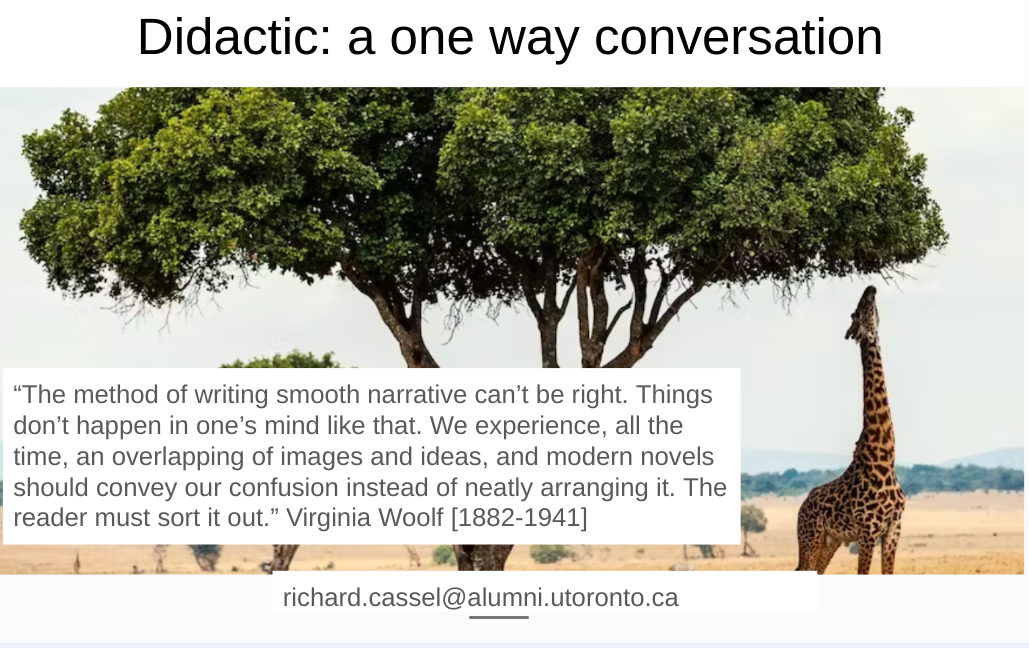 Lorenzo Ghiberti's East Doors, Baptistery, Florence
Lorenzo Ghiberti's East Doors, Baptistery, Florence"At the end of the fourteenth century, Florence was enjoying a period of peace, prosperity and civic pride, and its elders decided to commission a second Baptistry door. Andrea Pisano's [~1290-1347] doors were the standard of excellence against which the new generation of sculptors was to be judged. The ensuing competition of 1401 has often be treated as the single event that marked the real onset of the Florentine Renaissance. It was certainly a remarkable occasion. There were thirty-four judges, drawn not just from the cathedral authorities but from the city guilds and from surrounding towns. They advertised the contest all over Italy, and masters or would-be masters arrived from the entire peninsula. The field was narrowed down to seven, including three of the greatest artists of the entire period: Filippo Brunelleschi [1377-1446], Jacopo della Quercia [1374-1438] and Lorenzo Ghiberti [1378-1455]. Each of those shortlisted was given four sheets of bronze and told to conceive a design to illustrate "The Sacrifice of Isaac."
Only two of the designs, by Brunelleschi and Ghiberti, have survived, and the judges had a hard task deciding between them. In fact they took two years to make up their minds, conscious of the size of the project and the enormity of the expense. [The eventual cost was 22,000 florins, equal to the entire defense budget of the city of Florence.] Ghiberti got the contract, probably because the judges thought he was the man most likely to carry through the job to a triumphant conclusion. And they were right. As Ghiberti boasts in his Autobiography, he put art before "the chase after lucre." He was astonishingly conscientious and obsessional perfectionist. He appears to us a very slow worker, but one has to bear in mind the standards of craftsmanship demanded and provided in late medieval, early Renaissance times were of a quality inconceivable to the modern age, and speed of execution was not possible. Ghiberti would spend years on a single piece of jewelry or a tombstone, months on hand chasing a piece of bronze. Three years was normal for him in creating a large marble statue.
Ghiberti was a young man in 1403 when he started on the bronze doors, completing the original contract twenty years later."
- Paul Johnson [born 1928], The Renaissance [2000], pp. 67-68
